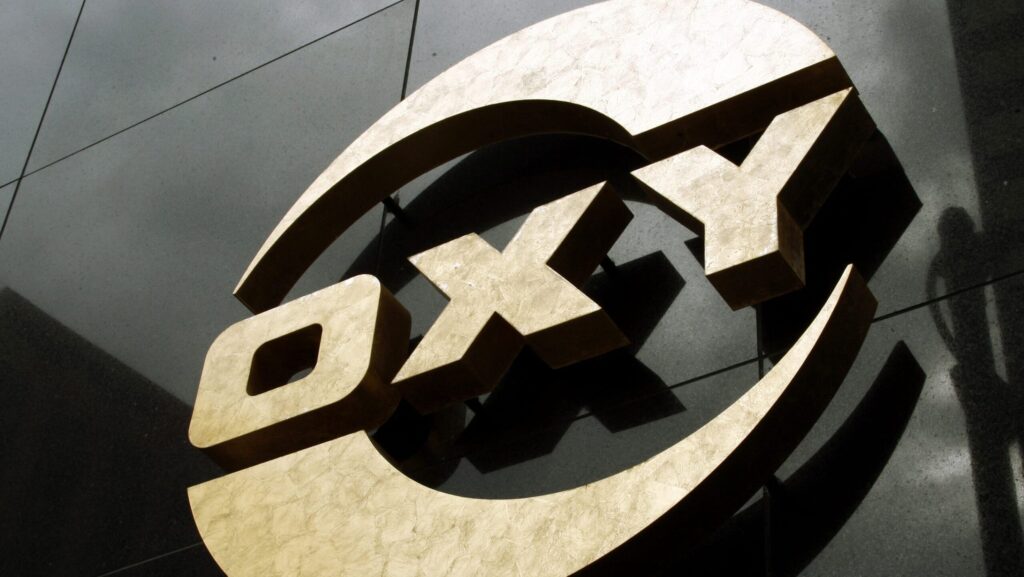In a strategic move to bolster its financial position, Occidental Petroleum (Oxy) has announced the sale of select Permian Basin assets, generating approximately $950 million in proceeds earmarked for debt reduction. This divestiture aligns with the company’s ongoing efforts to high-grade its portfolio following the high-profile acquisition of CrownRock in late 2023.
Details of the Asset Sales
The agreements involve four separate transactions for non-core and select non-operated upstream assets in the Permian Basin. Between April and July 2025, Oxy completed sales totaling about $370 million. Additionally, in July, the company agreed to sell gas gathering assets in the Midland Basin to an affiliate of Enterprise Products Partners L.P. for $580 million. This latter deal remains subject to customary closing conditions and regulatory approvals, with completion anticipated later in the year.
These sales contribute to a broader divestiture program that has now exceeded $4 billion since the December 2023 announcement of the CrownRock acquisition, which expanded Oxy’s footprint in the Midland Basin. Since July 2024, Oxy has repaid $7.5 billion in debt, including proceeds from earlier Delaware Basin asset sales. The latest Midland proceeds are expected to further accelerate this deleveraging.
Vicki Hollub, Oxy’s President and CEO, emphasized the value creation aspect: “We are pleased with how we continue to strategically strengthen our portfolio, and it’s rewarding to see those efforts drive debt reduction and create value for shareholders. We believe Occidental has the best assets in our history, and we will continue to find opportunities to high-grade our portfolio and generate long-term value.”
Oxy’s Investments in ESG and Direct Air Capture Programs
Amid these financial maneuvers, Oxy remains committed to its environmental, social, and governance (ESG) initiatives, particularly in direct air capture (DAC) technology for carbon removal. Through its subsidiary 1PointFive, Oxy is positioning itself as a leader in low-carbon solutions, blending traditional oil and gas operations with climate-focused innovations. Oxy’s flagship DAC project, STRATOS, is under construction in Ector County, Texas, and is slated to become the world’s largest DAC facility upon completion in mid-2025. Designed to capture up to 500,000 metric tons of CO2 annually, STRATOS represents a significant step in Oxy’s net-zero ambitions.
The company has invested heavily in this space, including the $1.1 billion acquisition of Carbon Engineering in 2023, a key DAC technology provider.
In terms of ESG spending, Oxy has allocated substantial capital to carbon capture projects. Early plans included $800 million to $1 billion for DAC facilities,
Construction on STRATOS is now about 30% complete.
The company’s 2025 Climate Report outlines expanded sustainability investments, including partnerships and acquisitions to support net-zero goals by facilitating CO2 reduction, capture, and sequestration equivalent to its direct emissions.
Private funding has also played a role, with BlackRock investing $550 million in a joint venture for STRATOS through its Diversified Infrastructure business.
Additionally, Oxy has begun monetizing carbon removal credits, securing deals like a four-year agreement with TD Bank for 27,500 metric tons and a 10-year pact with JPMorgan Chase for 50,000 metric tons.
Subsidies, Tax Credits, and Future Continuity
Oxy’s DAC efforts have benefited significantly from government support. The U.S. Department of Energy (DOE) has committed up to $500 million for 1PointFive’s South Texas DAC Hub as part of a broader $1.2 billion investment in DAC projects led by Oxy and Climeworks.
This funding aims to enable the removal of up to 2 million tons of CO2 annually across the initiatives.Tax incentives, particularly the 45Q tax credit enhanced by the Inflation Reduction Act (IRA), provide further financial backing. The credit offers up to $180 per metric ton for DAC-captured CO2 permanently stored and $130 per ton if used for enhanced oil recovery (EOR).
Oxy, a pioneer in CO2 EOR, stands to gain from these subsidies, especially as recent policy adjustments under the Trump administration have reshaped climate programs to favor oil extraction using captured CO2.
Billions in taxpayer dollars could flow to companies like Oxy for CCS tied to EOR.
However, the continuity of these incentives is uncertain. Project 2025, a policy blueprint associated with the current administration, proposes drastic cuts to carbon removal support, viewing DAC subsidies as inefficient.
That said, exemptions may persist for CCS applications linked to oil production, potentially allowing Oxy’s programs to continue with modified benefits.
Senate tax proposals in 2025 have targeted clean energy credits but preserved subsidies for petroleum firms using CO2 in EOR.
Oxy’s 2024 and 2025 reports indicate an ongoing commitment to these projects, suggesting resilience even if full subsidies wane.
Exact figures on total subsidies and tax credits received to date are not publicly itemized, but estimates place government grants at around $500 million for recent hubs, with tax credits projected to add hundreds of millions annually once facilities like STRATOS are operational.
Implications for Investors
For investors, Oxy’s asset sales signal a disciplined approach to capital allocation, prioritizing debt reduction to improve financial health amid volatile oil prices. The $950 million influx, building on $7.5 billion in recent repayments, reduces leverage from the $12 billion CrownRock deal and enhances shareholder value through potential buybacks or dividends, aligning with past statements favoring shareholder returns over expansive growth.
The ESG pivot, particularly DAC, offers long-term upside by diversifying revenue streams via carbon credits and positioning Oxy as a “carbon-zero” oil producer.
This could attract sustainability-focused investors, especially with partnerships like BlackRock and JPMorgan. However, risks loom if subsidies are curtailed under evolving policies, potentially straining capital-intensive projects.
Investors should monitor regulatory developments, as EOR-linked CCS may provide a buffer.
Overall, these moves underscore Oxy’s evolution from a pure-play oil firm to a hybrid energy leader, balancing immediate financial prudence with future-facing sustainability. As Hollub noted, the company is poised for long-term value creation in a transitioning energy landscape. Assuming that there will be subsidies and tax credits to pay for their CCS. The jury is still out on whether there will be funding.

